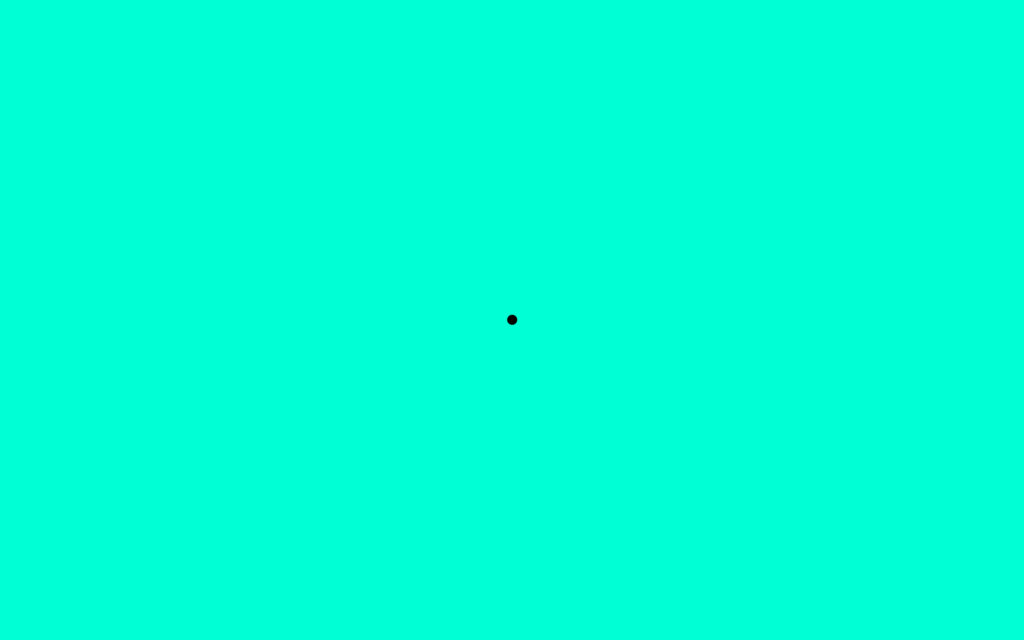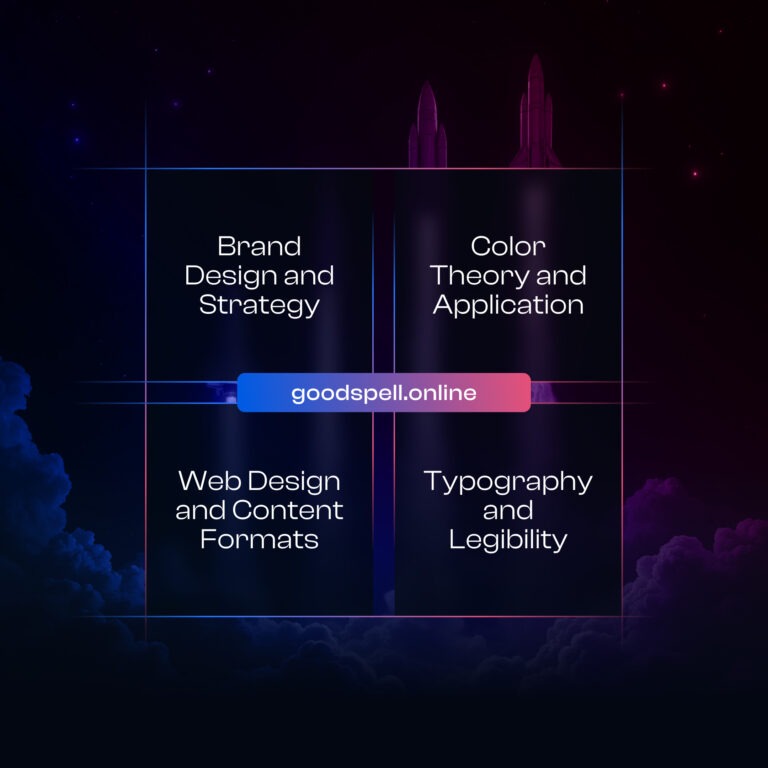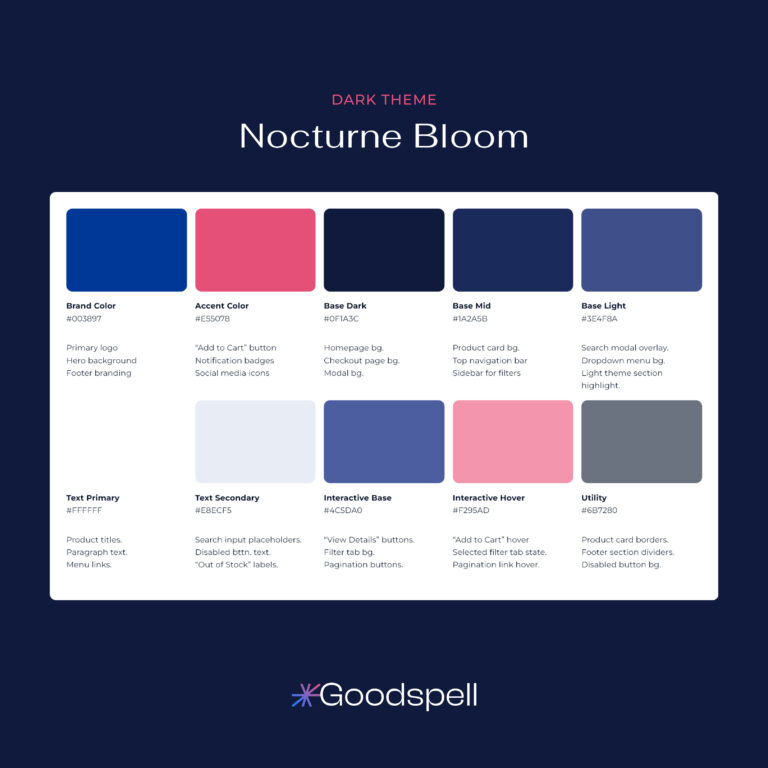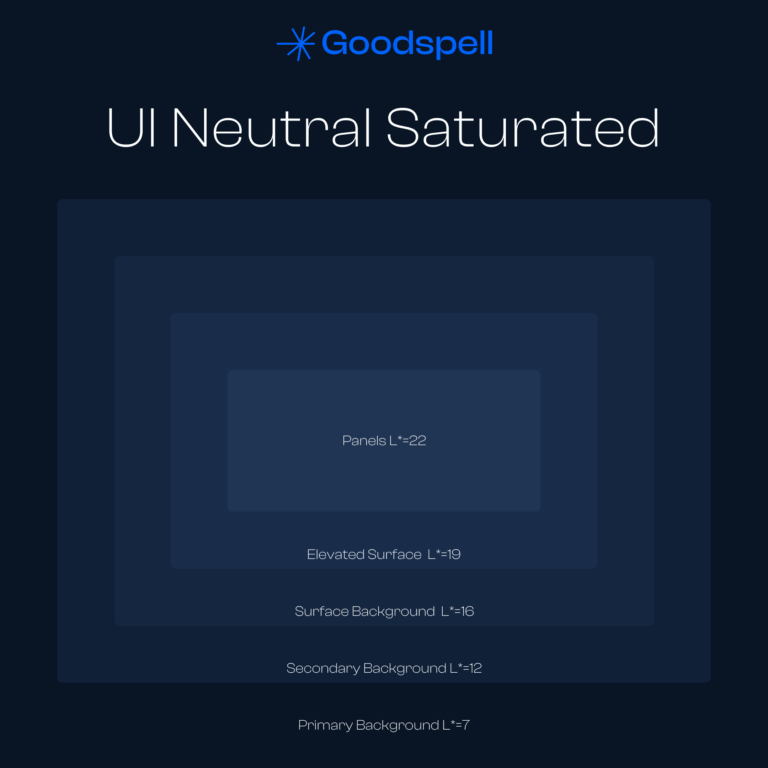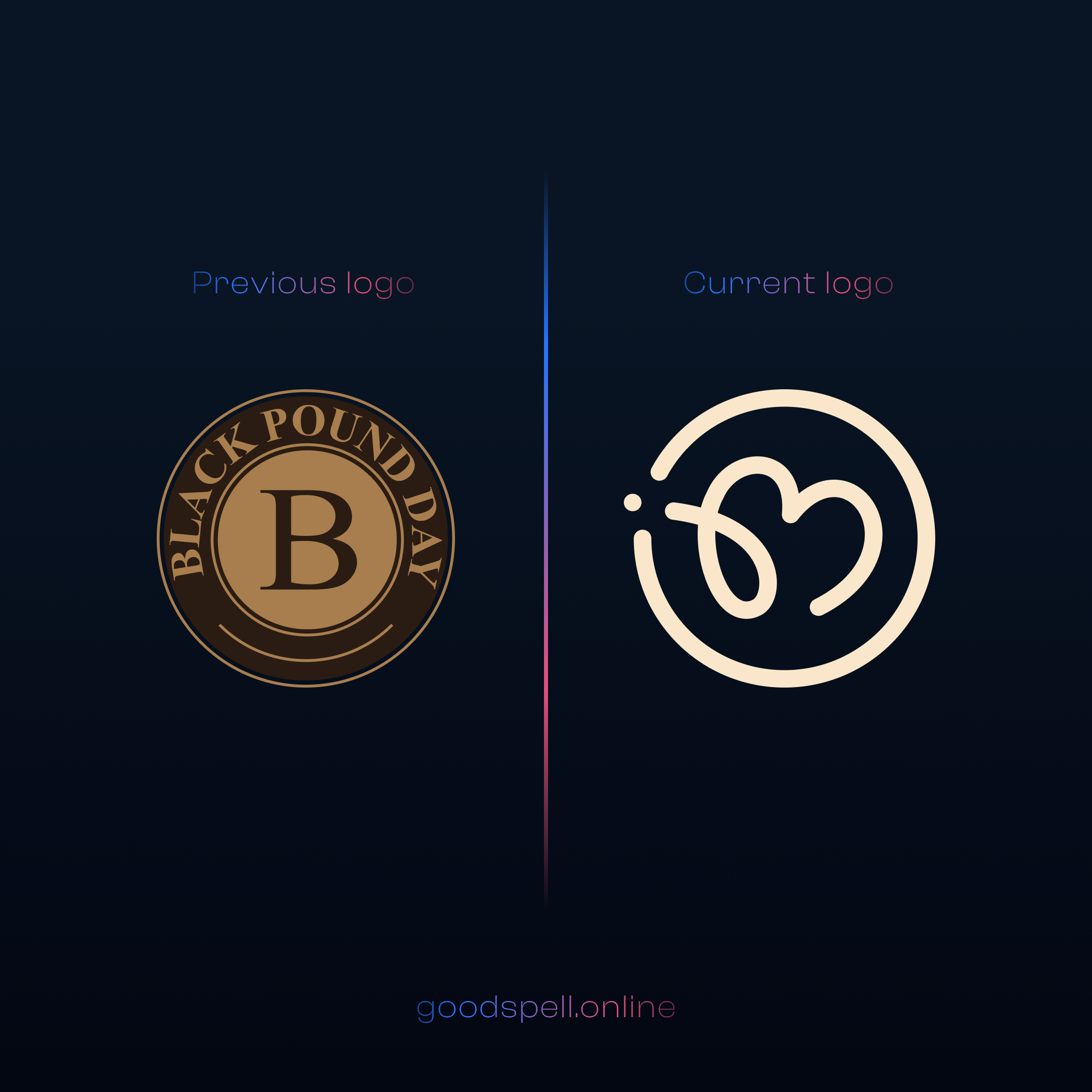The Perceptual Color Wheel
The color wheel I’m presenting here isn’t your typical one. It’s been carefully designed to mirror how humans actually perceive colors, with a special focus on the afterimage phenomenon and subjective experience. Unlike tech-driven models like RGB or CMYK—optimized for light or pigment mixing—this approach dives into the science of visual perception. It draws on Ewald Hering’s chromatic opposition theory and the Munsell color system’s emphasis on perceptually uniform differences. Let’s break it down.
The Perceptual Color Wheel
Below is the visual representation of the color wheel, showing the arrangement of colors based on the angles and hues described:
1. The Theoretical Foundation: Chromatic Opposition and Afterimages
Ewald Hering’s 19th-century chromatic opposition theory is the backbone of this color wheel. He argued that our visual system processes colors in opposing pairs: red vs. green, blue vs. yellow, and black vs. white. This isn’t just a neat idea—it’s backed by physiology, particularly the afterimage effect. Stare at a color for a while, then shift your gaze to a neutral surface (white or gray), and you’ll see a ghostly “complement” of that color. For example, fixate on red (Hue 0° in the HSV model), and the afterimage isn’t pure green (Hue 120°). Instead, it’s cyan (Hue 170°)—a shift away from the mathematical complement (180° apart).
This observation inspired the wheel’s design. Traditional color wheels place complements 180° apart (red opposite green, say), but ours adjusts these positions to match the real complements seen in afterimages. Here’s how it shakes out:
2. Perceptual Asymmetry
Here’s another twist: not all colors are perceived equally. Green dominates a big chunk of the visible spectrum (roughly 500–570 nm), but our eyes don’t pick out a ton of distinct green shades. We mostly see a pure green (Hue 120°), a yellowish green (Hue 90°–110°), or a cyan-ish green (Hue 130°–160°). To reflect this, the green zone in our wheel is slimmed down to a smaller slice (Angle 125°–145°), centered on Angle 135° (Hue 120°). Nearby transitions—like Green-Yellow (Angle 120°, Hue 105°) and Green-Cyan (Angle 150°, Hue 145°)—take up more space, highlighting the sharper distinctions we notice there.
Science backs this up. Studies of visual physiology show our eyes peak in sensitivity around 555 nm (a yellow-green), but our ability to differentiate green shades drops off compared to colors like yellow or cyan. This asymmetry shapes the wheel’s layout.
3. Positioning Key Colors
The wheel starts with eight core colors, chosen to align with human perception and afterimage complements:
Adding Orange (Angle 45°, Hue 30°) was a game-changer. It bridges red and yellow—a key perceptual transition—and its afterimage, azure (Hue 210°), confirms the blue-cyan complement. Shifting yellow to Angle 90° and blue to Angle 270° creates a tidy, symmetrical axis perpendicular to the red-cyan one. The result? A wheel that feels intuitive and balanced to the human eye.
4. Interpolation and the Munsell Influence
To flesh out the wheel, I divided it into 15° segments, interpolating colors between the main ones for a total of 24 hues. For instance:
This method borrows from the Munsell color system, which arranges hues in a 3D space (hue, value, chroma) for perceptually even steps. Unlike Munsell’s 10 base hues, ours uses 8, but the 15° interpolation creates a similar smooth progression, tailored to our afterimage findings.
5. Why It’s Not Like Tech-Based Wheels
Tech models like RGB (red, green, blue) or CMYK (cyan, magenta, yellow, black) are built for mixing light or pigments, not for how we see. In RGB, red (Hue 0°) opposites green (Hue 120°)—but that doesn’t match the cyan afterimage (Hue 170°) red produces. Our wheel fixes this, placing complements where perception, not math, says they belong.
6. Wrapping Up
This color wheel is a scientifically grounded take on how we experience colors, rooted in the afterimage effect and Hering’s chromatic opposition theory. By tweaking complements (red vs. cyan, not green), shrinking the green zone to match perceptual limits, and interpolating 15° steps, it offers a truer reflection of human vision than tech models. Inspired by Munsell but customized to afterimage data, it’s a tool that could shine in visual perception studies, design, or education—giving us a more natural lens on color.
Test the Afterimage Effect
To experience the afterimage effect yourself, click on the red image below to enlarge it. Stare at the red color (Hue 0°) for about 30 seconds, then use the left or right arrow key on your keyboard to switch to a neutral white image. You should see a cyan afterimage. Press the arrow key again to switch to a cyan image (Hue 170°) for comparison, confirming the complementary pairing of red with cyan.
Color Wheel Data Table
| Angle Position | Color | Hue | Opposite Angle | Opposite Color | Opposite Hue |
|---|---|---|---|---|---|
| Angle 0° | Red | Hue 0° | Angle 180° | Cyan | Hue 170° |
| Angle 15° | Red-Orange | Hue 15° | Angle 195° | Cyan-Azure | Hue 190° |
| Angle 30° | Orange-Red | Hue 22.5° | Angle 210° | Azure-Cyan | Hue 200° |
| Angle 45° | Orange | Hue 30° | Angle 225° | Azure | Hue 210° |
| Angle 60° | Orange-Yellow | Hue 45° | Angle 240° | Azure-Blue | Hue 225° |
| Angle 75° | Yellow-Orange | Hue 52.5° | Angle 255° | Blue-Azure | Hue 232.5° |
| Angle 90° | Yellow | Hue 60° | Angle 270° | Blue | Hue 240° |
| Angle 105° | Yellow-Green | Hue 90° | Angle 285° | Blue-Magenta | Hue 270° |
| Angle 120° | Green-Yellow | Hue 105° | Angle 300° | Magenta-Blue | Hue 285° |
| Angle 135° | Green | Hue 120° | Angle 315° | Magenta | Hue 300° |
| Angle 150° | Green-Cyan | Hue 145° | Angle 330° | Magenta-Red | Hue 330° |
| Angle 165° | Cyan-Green | Hue 157.5° | Angle 345° | Red-Magenta | Hue 345° |
| Angle 180° | Cyan | Hue 170° | Angle 0° | Red | Hue 0° |
| Angle 195° | Cyan-Azure | Hue 190° | Angle 15° | Red-Orange | Hue 15° |
| Angle 210° | Azure-Cyan | Hue 200° | Angle 30° | Orange-Red | Hue 22.5° |
| Angle 225° | Azure | Hue 210° | Angle 45° | Orange | Hue 30° |
| Angle 240° | Azure-Blue | Hue 225° | Angle 60° | Orange-Yellow | Hue 45° |
| Angle 255° | Blue-Azure | Hue 232.5° | Angle 75° | Yellow-Orange | Hue 52.5° |
| Angle 270° | Blue | Hue 240° | Angle 90° | Yellow | Hue 60° |
| Angle 285° | Blue-Magenta | Hue 270° | Angle 105° | Yellow-Green | Hue 90° |
| Angle 300° | Magenta-Blue | Hue 285° | Angle 120° | Green-Yellow | Hue 105° |
| Angle 315° | Magenta | Hue 300° | Angle 135° | Green | Hue 120° |
| Angle 330° | Magenta-Red | Hue 330° | Angle 150° | Green-Cyan | Hue 145° |
| Angle 345° | Red-Magenta | Hue 345° | Angle 165° | Cyan-Green | Hue 157.5° |




